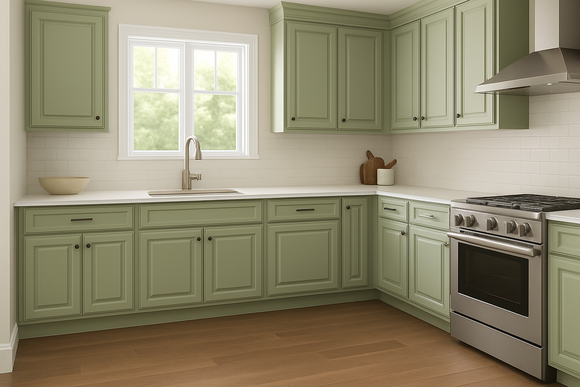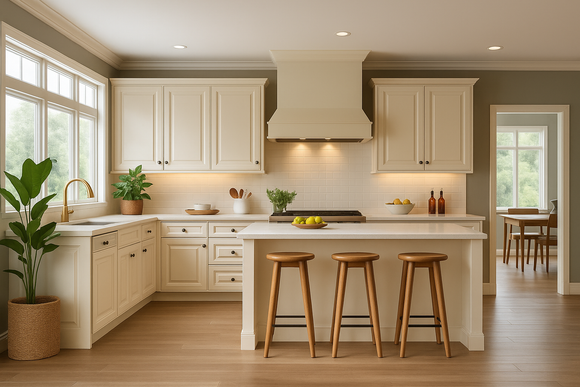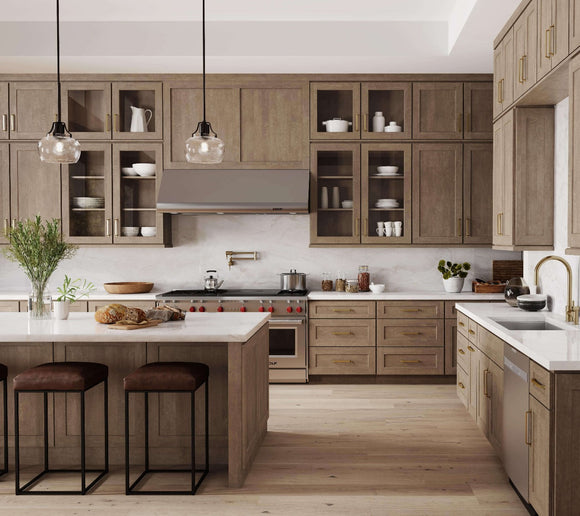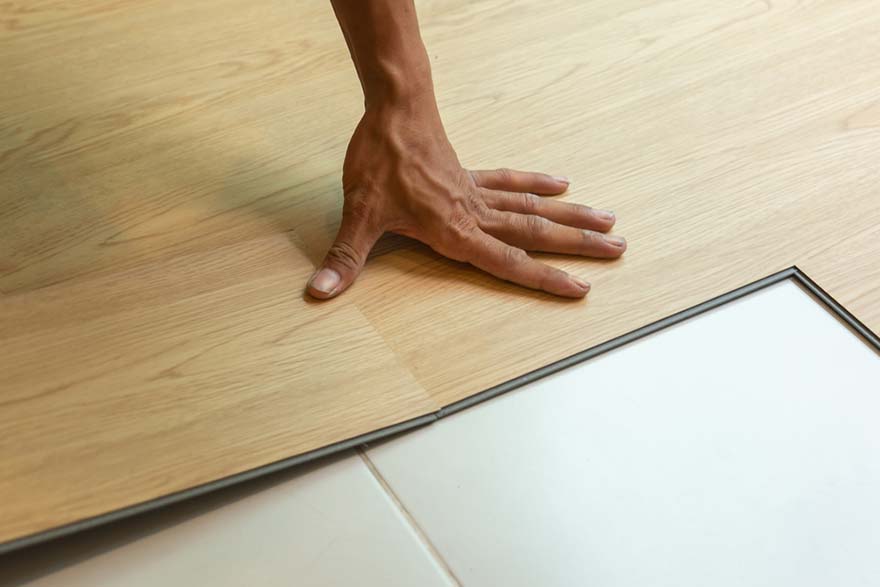
How to Cover Linoleum Flooring in a Rental Property
Source: NavinTar/shutterstock.com
Flooring can make or break the beauty of any interior space because it's truly the foundation of the home. When done right, it ties every design element together. But what if the flooring appears outdated, worn or is just not your cup of tea? Fortunately, you have incredible options for covering linoleum flooring in a rental property.
Start Your Remodel With Our Flooring SamplesStep 1: What Is Temporary Flooring?
If the floor looks bad, you can toss a rug over it to try and hide the eyesore, but there's a more elegant solution that's affordably priced, and it's an easy, do-it-yourself project. It's called temporary flooring, and its popularity and evolution as a design aesthetic have come a long way. It's strong and long-lasting, and it doesn't require nails or staples. Temporary flooring is safe for the original, as it lies over the existing floor covering.
Step 2: It's Simpler Than You Think
When you're ready to hide that unattractive flooring in your rental property, you have two main categories to select from. These include floating flooring and peel-and-stick. You can make a lovely design impression in vinyl plank flooring for your rental property, and you don't need to be a professional to achieve the results.
Floating flooring features floors that can be "floated" over existing floors, including carpet. You can lay down a beautiful floor that resembles real wood, and you can accomplish this yourself by snapping and locking the vinyl planks together over your existing floor. The installation technique uses an interlocking tongue and groove system.
Choose Your Gorgeous Vinyl Plank Flooring HerePeel-and-stick is the other option. It generally includes adhesive tiles made of vinyl as a versatile option for covering up concrete, old tile or linoleum flooring, and it's available in tons of attractive patterns and styles. You don't have to worry about ripping up or ruining your subfloor during the process. These tiles are now made with superb adhesive technology.

Source: appleyayee/shutterstock.com
Step 3: How to Estimate Material Needs
Maybe you don't know exactly how to begin covering the linoleum flooring, but the best method is to measure the length and width of your room and multiply these numbers to find the area of the room.
Here's an example. If the length of your room is 12 feet and the width is 10 feet, the total area would be 120 square feet. Now, to figure out how many cartons of tile you would need, divide the square footage to be covered by the square footage of the tile in a carton.
For instance, if the tile carton contains 15 square feet, you would need eight cartons (120/15=8) plus extras (about 10%) to make up for waste and any replacements you may want to make in the future.
Step 4: More Upgrades for Rentals
These days, rental properties can look amazing with all the options available in interior design. The kitchen is key and can be a dealbreaker. The rental kitchen is one of the first rooms that prospective tenants head for when doing a walkthrough of the home. Tenants expect a functional and good-looking kitchen.
A landlord can benefit from a free kitchen design by an expert. One popular option is choosing beautiful RTA cabinets for a modern design approach. These durable cabinets blend in nicely with whatever style a tenant will bring with them and are available in many colors and finishes.
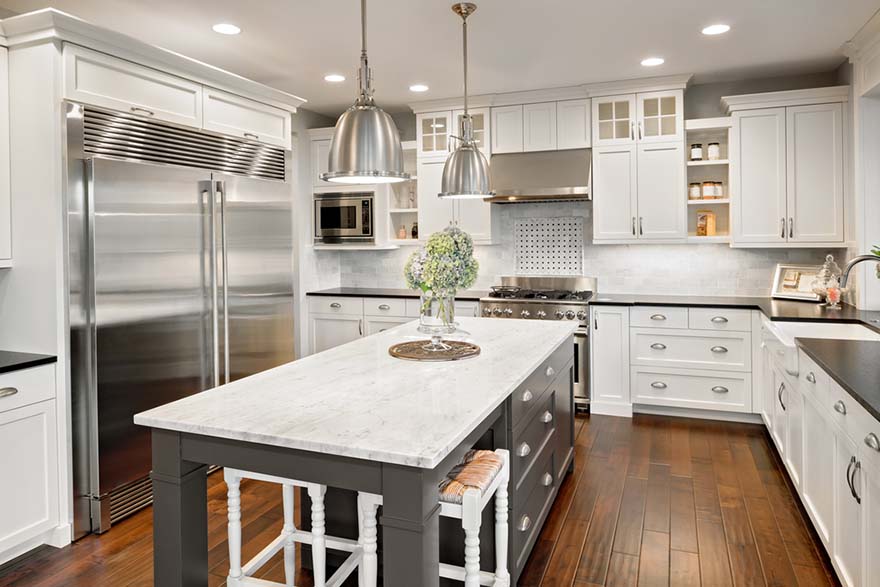
Source: BM_27/shutterstock.com
Stand on Something Marvelous
The best DIY projects are affordable and can be completed with awesome results. If that old linoleum flooring in your rental is an eyesore, start your research with a few different flooring samples. Walking into a stunning room with temporary flooring, your tenants will be blown away!

